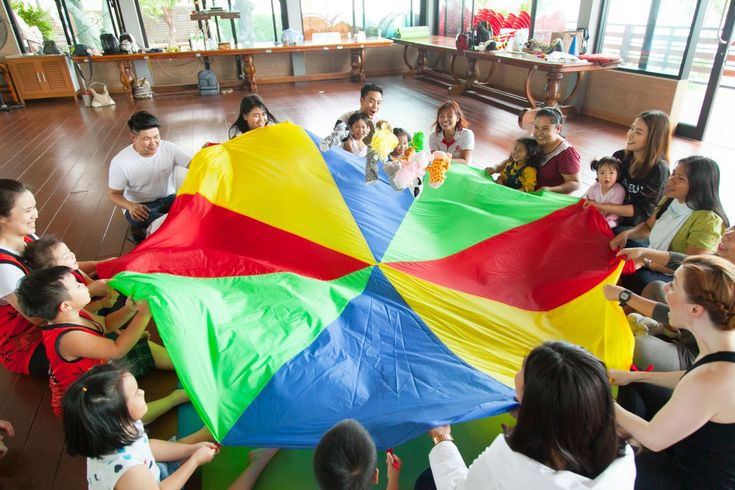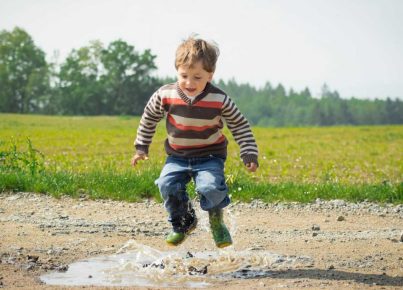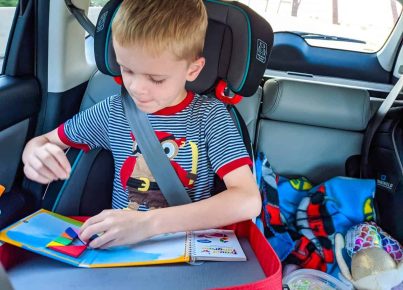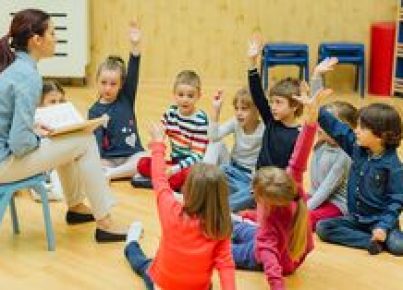Introduction
For young children, learning is an ongoing process that occurs naturally through play, exploration, and social interactions. As educators and caregivers, it’s crucial to understand how observing, recording, and planning can contribute to a child’s learning journey. This article will delve into the importance of these three components and provide practical guidelines for implementing them effectively in early childhood education.
1.The Importance of Observing
In the context of young children’s learning, observing refers to watching and noticing their behaviors, skills, interactions, interests, and needs. Paying attention to these aspects helps educators identify their strengths and areas for growth. In turn, this enables them to tailor activities and interactions that support the child’s overall development. Some benefits of effective observation include:
– Identifying individual learning styles
– Gaining insights into children’s emotional well-being
– Detecting potential developmental concerns
– Monitoring progress over time
2.Strategies for Effective Observation
Here are some helpful strategies for successful observation in early childhood settings:
– Practice objective observation: Focus on facts rather than subjective interpretations.
– Observe children in different contexts: Watch children as they engage in various tasks or interact with different people.
– Use anecdotal records: Take brief notes describing specific events or behaviors that give insight into the child’s learning process.
– Keep a long-term view: Remember that development unfolds over time and that individual variations are normal.
3.The Value of Recording
Recording observations involves documenting children’s learning experiences in a systematic way. It serves as an essential reference tool for educators to analyze growth patterns and to share information with families or other professionals involved in the child’s care. Some common methods of recording include:
– Checklists: These can capture specific skills or milestones the child has achieved.
– Narratives: Descriptive accounts of events or situations can provide deeper insights into the child’s learning process.
– Photos and videos: Visual records enable educators to examine a child’s behavior or progress more closely.
4.Creating Meaningful Plans
Effective planning uses the information gathered from observation and documentation to create relevant, engaging, and developmentally appropriate experiences for young children. Here are some tips for successful planning:
– Set clear goals: Identify specific objectives or outcomes you want the child to achieve.
– Choose activities that promote exploration, challenge, and reflection: Children learn best when they’re actively engaged in experiences that pique their interests and offer opportunities for growth.
– Differentiate your plans: Be prepared to modify activities to cater to various learning styles, needs, and abilities.
– Review and modify plans regularly: Regularly assess the effectiveness of your plans and make necessary changes based on your observations.
Conclusion
Observing, recording, and planning play a vital role in fostering young children’s learning and development. By utilizing these practices consistently, educators can ensure that they’re meeting each child’s unique needs while promoting a strong foundation for future success.





